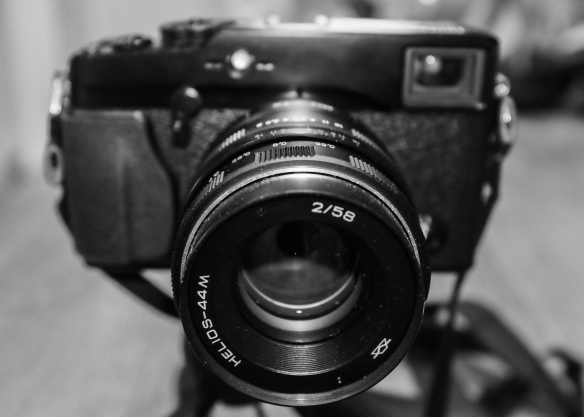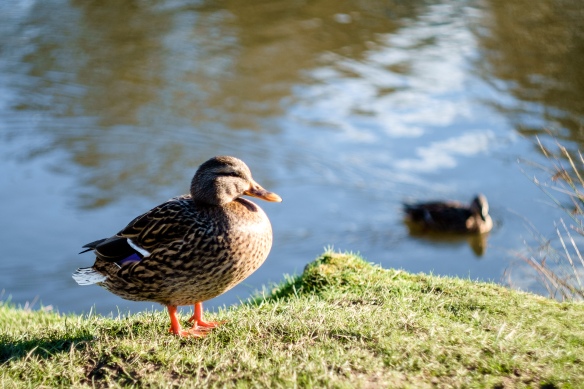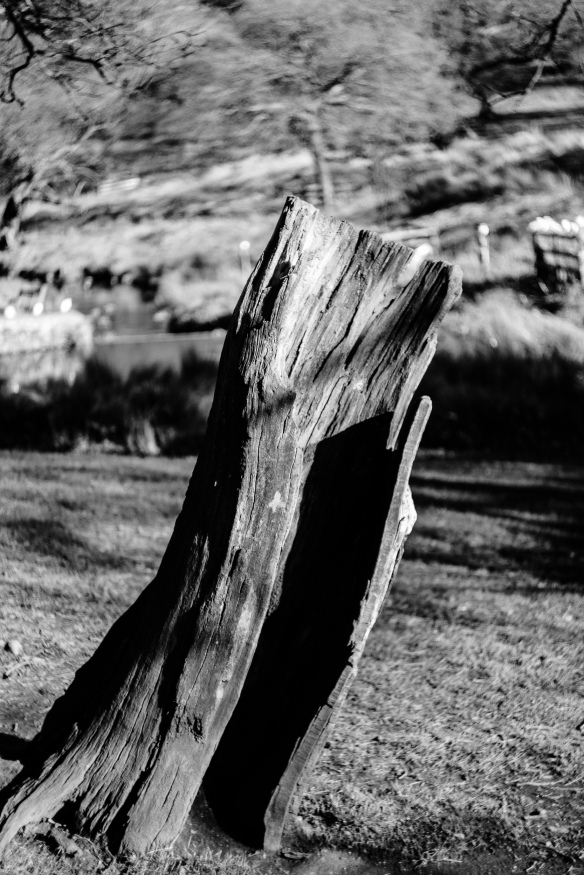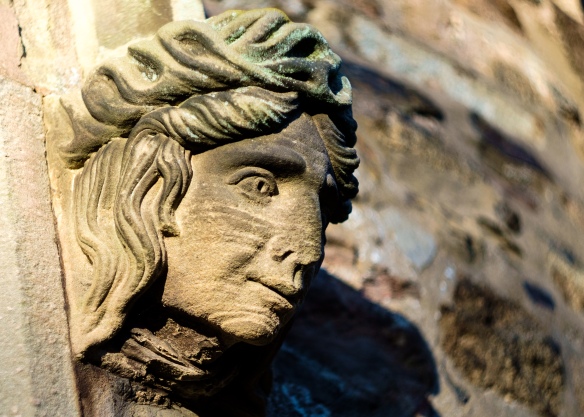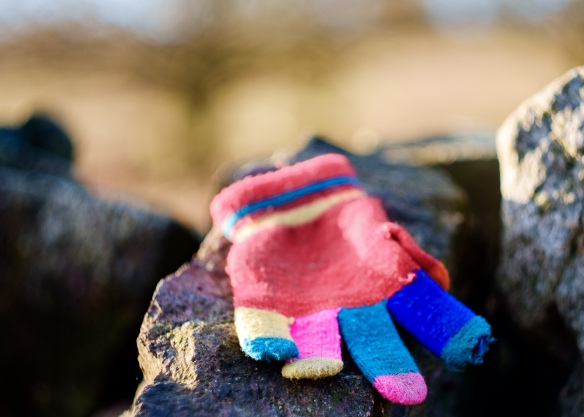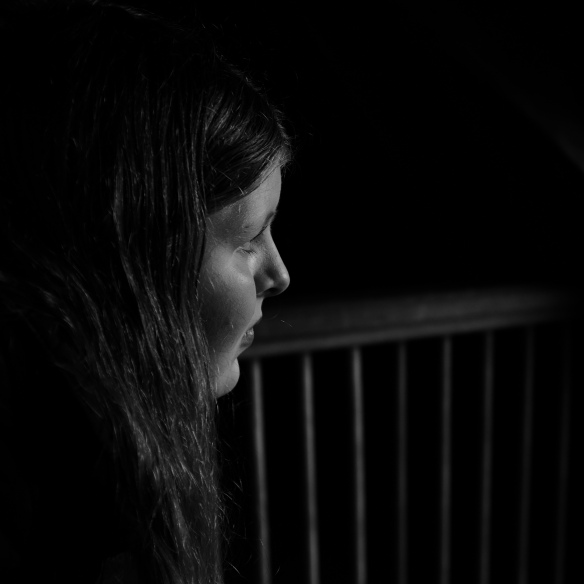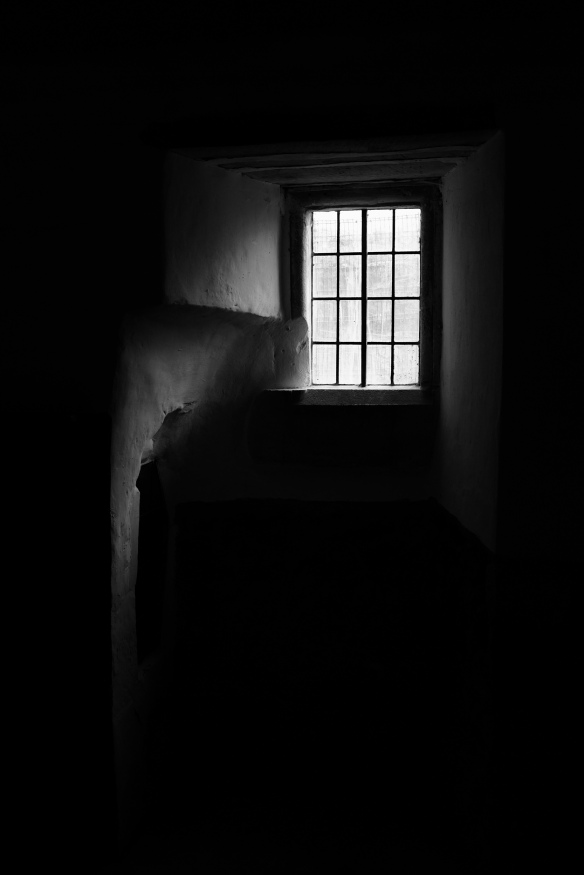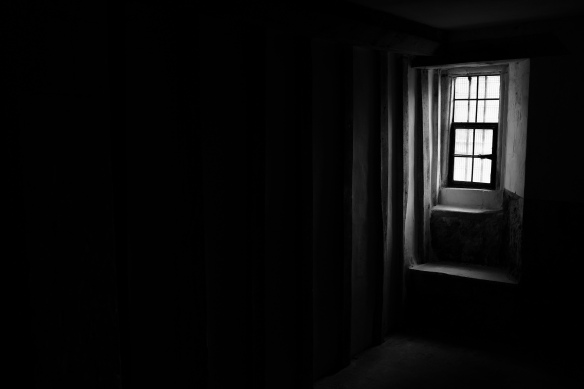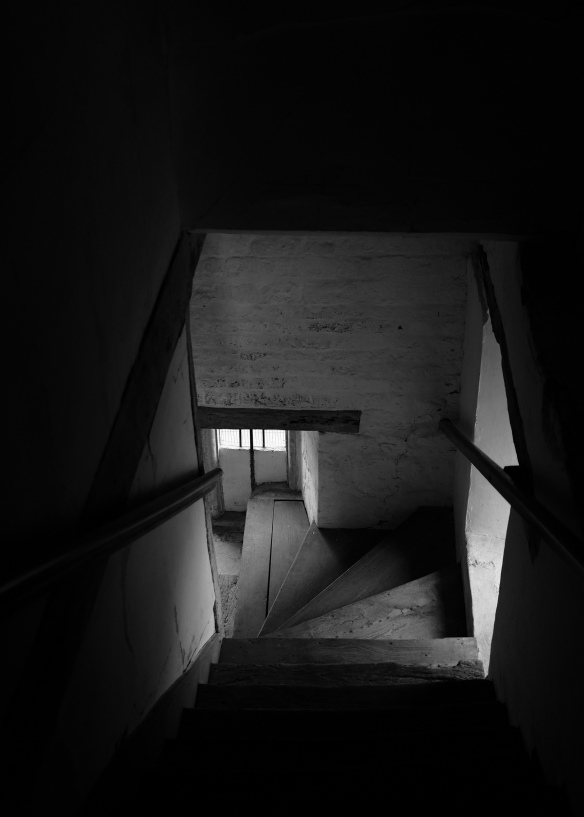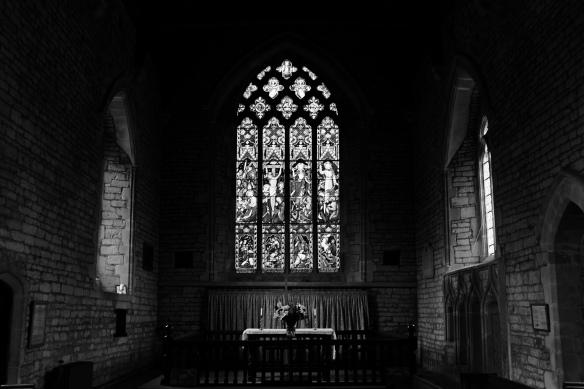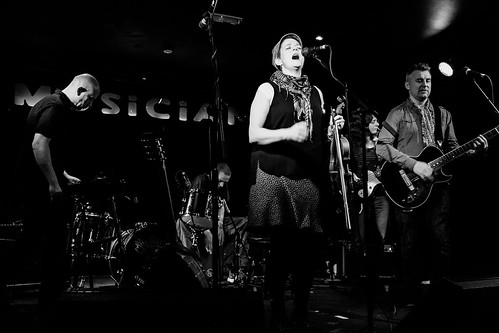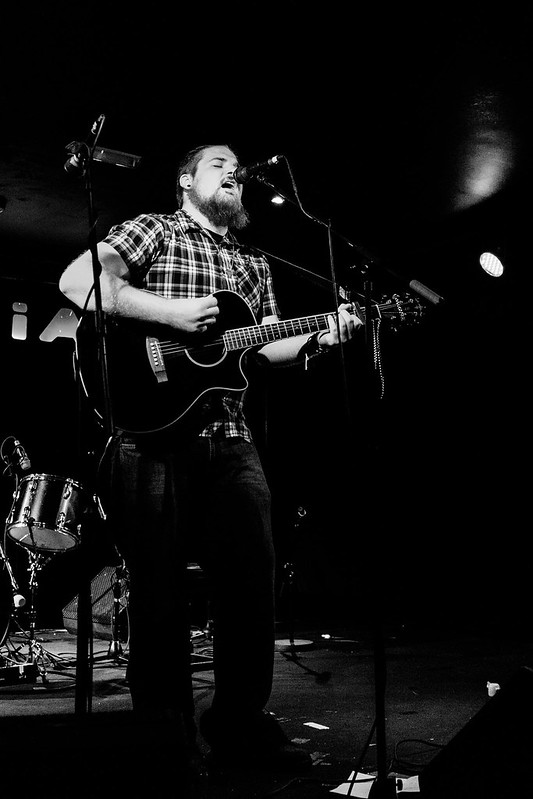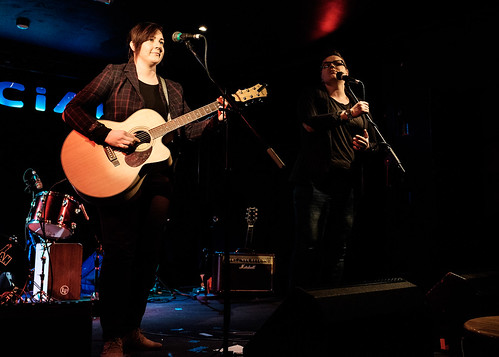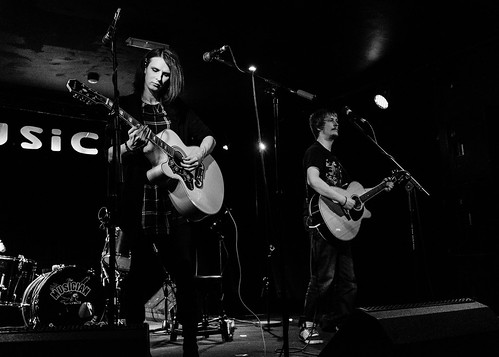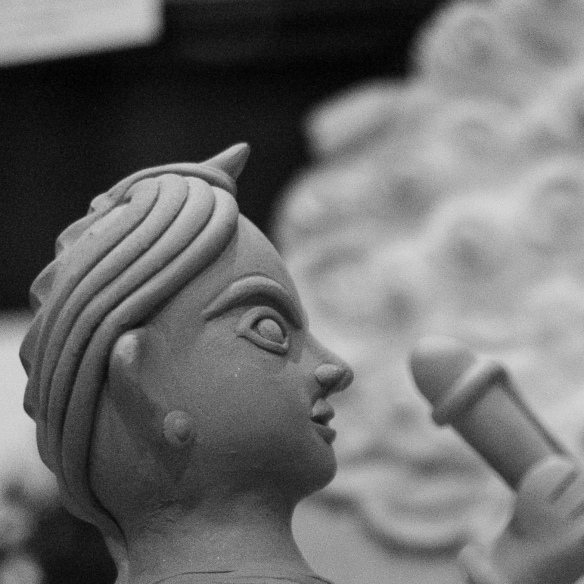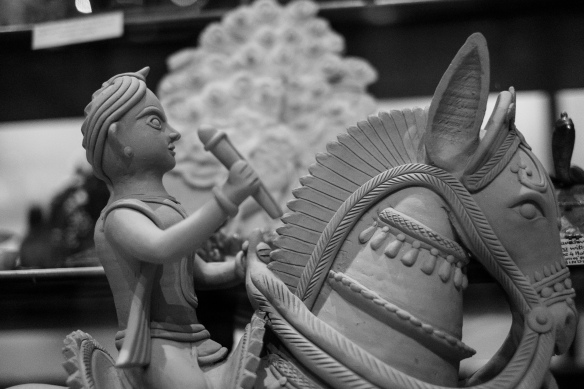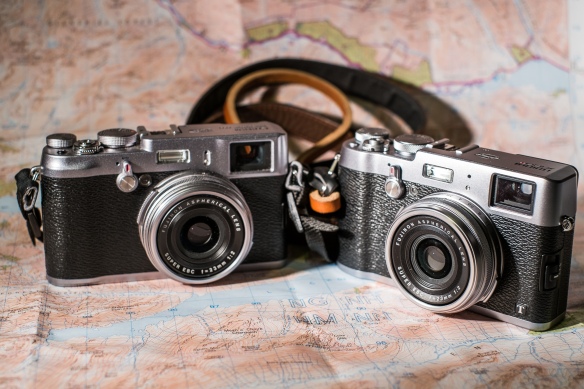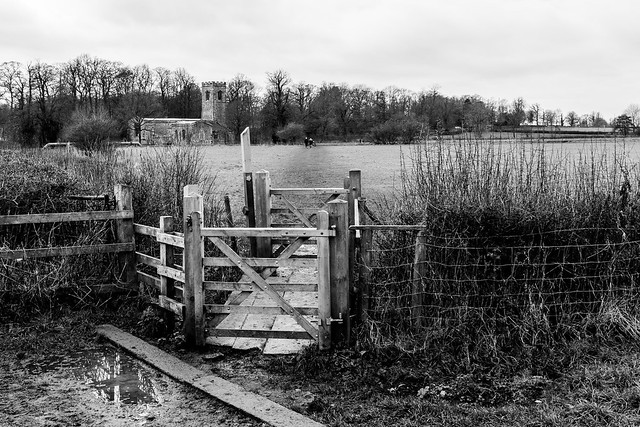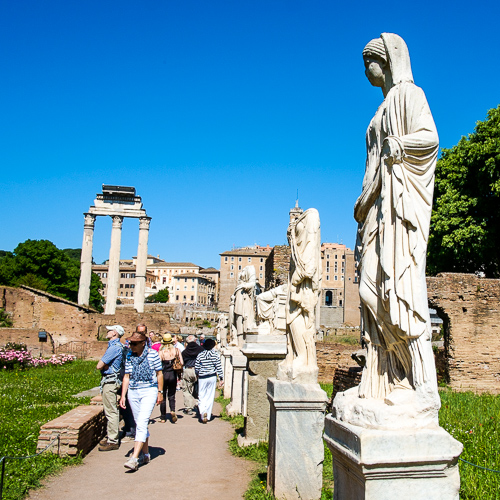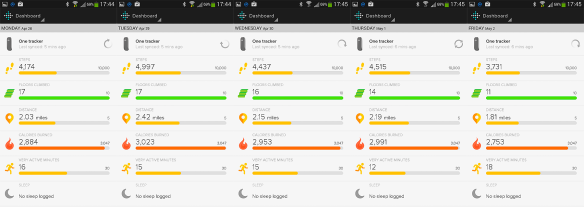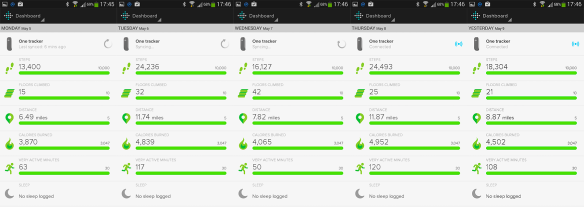With so much attention being focused on the new Fujifilm X-T1 I thought that now might be a good time to write about how I recently invested in an X-Pro1.
I’m quite sure that the impending release of the X-T1 was largely responsible for the great deals available on the X-Pro1, one of which made it possible for me to make the move that I’d really been wanting to make ever since the X-Pro1 was released.
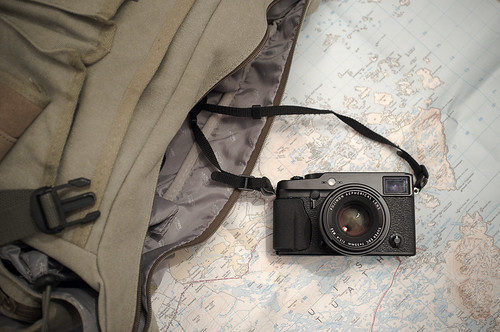
It might not be the “latest and greatest” but the X-Pro1 is still a very capable and appealing camera two years after its release.
The offer I jumped upon was pretty much “buy the 18mm lens and the 35mm lens, get the X-Pro1 body for free”. That wasn’t how it was billed of course, it was more “buy an X-Pro1 with 18mm lens and claim a free lens from Fuji”, but when you look at the pricing of those two lenses and take into consideration that I also got a pretty good SD card and a carry case thrown in then my original interpretation isn’t very far from the mark.
I chose the 35mm as my “free” lens from Fuji as I’ve always found the 50mm focal length (or equivalent in the case of this lens with the APS-C sized sensor of the X-Pro1) to be extremely useful. I also liked the fact that both of these lenses were fast primes. A maximum aperture of f2 is available on the 18mm and f1.4 on the 35mm which seems to be tack sharp even when wide open.

Two Fuji X bodies, three lenses, mini tripod, filters, spare memory cards, spare batteries and much more besides all fit into my shoulder bag with ease.
I bought an X100 about two years ago as a small, light but capable camera to use when hiking & travelling. Pretty soon after I got my hands on that the X-Pro1 was released and I knew that I really wanted to swap my Canon 7D based DSLR system for the Fuji X System, but I just couldn’t justify it.
Between then and now I found myself reaching for the X100 as my primary camera more and more frequently, to the point where the 7D really didn’t get a look in. The X100 was just so darned capable. A great 35mm field of view f2 prime lens combined with the built in ND filter in a form factor so small and light and yet solid was very compelling. It went with me up mountains, it went with me on day trips, it went with me to Rome and it never let me down.
In truth, at first there were slight twinges of regret in not having my extreme wide angle lens or a telephoto when I was in Rome, but I soon got over that and thoroughly enjoyed the utter relief of not having to shoulder my DSLR kit for a week in a hot, crowded city environment.
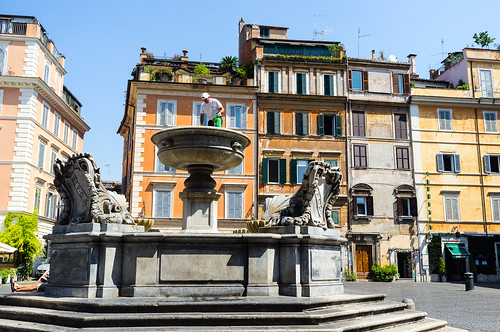
Fountain cleaning time at Piazza Di Santa Maria, Trastevere, Rome. July 2012, X100.
So when I saw the offers available on the X-Pro1 towards the end of 2013 and hoping that I should have a bonus coming my way, I started to get serious about the possibility of doing what I’d been wanting to do for so long.
I’ve had the X-Pro1 for a couple of months or so now. The superb 18mm and 35mm lenses have been joined by the 55-200mm so that I have a bit more reach. I’m looking forward to seeing what I can do with this kit at a live music shoot (I’m scanning down the local gig listings very regularly at the moment). The X100 also goes into the kit bag. Its 23mm lens fits usefully between the 18mm and the 35mm I have available for the X-Pro1 and that built in ND filter is well worth packing the extra body for.
My kit bag has gone from being a huge, back-breaking rucksack to being a canvas shoulder bag I can carry around all day without feeling sore or achy at all. Not only is it smaller and lighter, it is also much less conspicuously a “camera bag”.
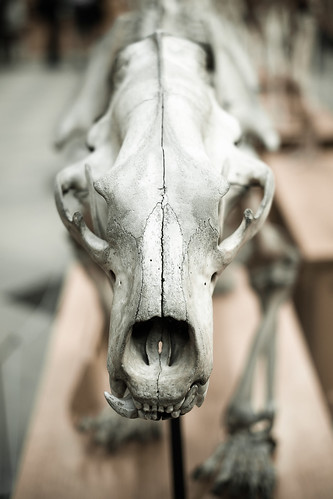
Oxford Natural History Museum, February 2014. X-Pro1 with XF 35mm.
And most importantly, what has all of this done for my photography? For a start it makes it much more likely that I’m actually going to carry a camera with me. I’ll either have my shoulder bag with all the kit in it or I’ll have the X100 secreted somewhere on my person. When I only had the 7D available to me then I know there were times when I consciously left the camera at home as being too much of an encumbrance. That was not a good state of affairs for a photographer!
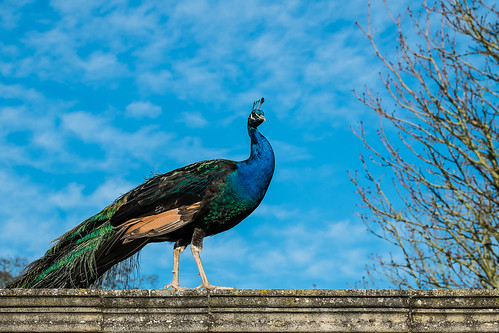
Taken at Kirby Hall, Northamptonshire, March 2014. X-Pro1 with XF 55-200mm.
Using the Fuji X System cameras has changed the way that I shoot. I feel more connected to them than I ever have with any of my Canon SLRs, film or digital. To me it feels far more like using the Rolleiflex SLR that my father passed down to me when I was a teenager. I like having an aperture ring and a shutter speed dial, I like the compact physical size and the rangefinder-esque feel to the body. Neither the X100 or the X-Pro1 are intimidating cameras to point at somebody, even if you’re close in. I also don’t feel so conspicuous when I’m shooting with a Fuji.
All of these factors have made me feel more involved in the photographs I take. The cameras encourage a more deliberate style of shooting than the “finger on the trigger” approach which the DSLR seems to encourage (and of course I realise that nothing is compelling the use of a DSLR in that manner, I chose the word “encourage” very deliberately). I find myself thinking about each image more and I find myself enjoying the physical processes of taking a photograph more. And it’s only partly about the lack of back ache, it’s also about that feeling of connection to the tools of my choice.
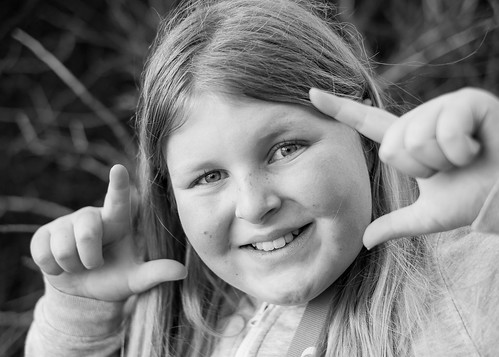
My daughter, Michelle, out with Dad for a photo walk at Saddington Reservoir, Leicestershire, March 2014. X-Pro1 with XF 35mm.
When I bought my X-Pro1 I knew that there was a new camera on the way from Fuji and that it was likely to be something at the top end of their range – that was why I was getting the great deal on the X-Pro1. At the time I (and quite a lot of the rumour web sites and forums) thought that the new offering from Fuji would be the “X-Pro2”. My reasoning for investing in the X Pro1 at that time was that however fantastic the X-Pro2 was going to be, that wouldn’t take anything away from the capabilities of the X-Pro1.
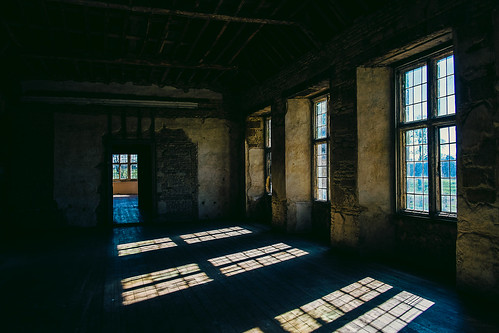
Spring sunlight streaming through the windows at Kirby Hall, Northamptonshire, March 2014. X-Pro1 with XF 18mm.
Now we all know that it was the X-T1 which was on the way with its snappier auto-focus, its fold out LCD, its bigger and higher resolution electronic view finder, its built in Wi-Fi, its weather proofing and however many more features that I could list. But I don’t regret my decision to take the plunge on the X-Pro1. I would have had to spend a lot more money to get the X-T1, money which I didn’t have available – I was on a very fixed budget. Buying the X-Pro1 gave me an interchangeable lens X System body and two lenses for a lot less than I would have had to spend on the X-T1 body alone. And it’s the lenses which are the important part of any camera system. Now I’ve “bought into” the system other bodies will be available to me in the future as my needs require and my budget permits, maybe even an X-T1 at some point – who knows?
And I do still love using that optical viewfinder on my X-Pro and X100.
If you’ve somehow come to this article because you’ve just bought an X-T1 then I’m delighted for you. It looks like a superb camera and I’m sure you’ll enjoy your X System camera every bit as much as I’m enjoying using mine. Get out and shoot with it! Enjoy these fantastic cameras which Fuji are producing for people who love their photography. The X System is going from strength to strength and the X-T1 is the latest evolutionary step in that process. I’m looking forward to seeing what the future of the X System holds and I’m hoping to enjoy my small part in that future.

This snap of my feet seemed to garner unwarranted attention on Flickr. X-Pro1 with XF 18mm.

